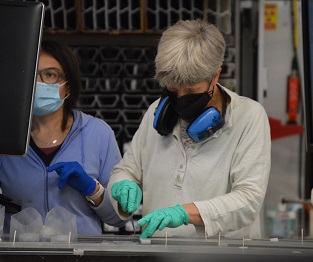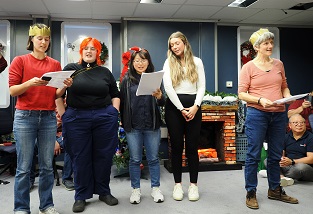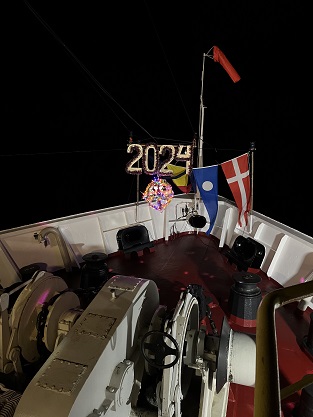Prof Flecker is the Principal Investigator of the IMMAGE Land-2-Sea climate research project. IMMAGE (Investigating Miocene Mediterranean – Atlantic Gateway Exchange) is extracting Miocene sediments from two sites either side of the Strait. The sites are fossilized marine 'gateways' - narrow channels linking two seas together, in this case the Atlantic and the Mediterranean.
Circulation of ocean currents enables the exchange of heat, salt and nutrients between marine regions, and this in turn can affect the climate. Analysing the fossilized sediments will help to reveal how ocean circulation affected climate change 8-4 million years ago. Sediment cores will be taken from both marine and onshore sites – IMMAGE is the first major drilling project to do both.
For the marine cores the team have use of a drilling ship, the JOIDES Resolution, owned by the International Ocean Discovery Programme (IODP). Prof Flecker is Co-Chief Scientist on ‘Expedition 401’ which embarked on 10 December from Amsterdam, and will return on 9 February. She is joined at sea by 25 other scientists, the expedition project manager and 2 outreach officers as well as the ship’s crew. The ship is drilling cores from sites in the North Atlantic Ocean, off Portugal and Spain, and will proceed to the Mediterranean.
The team spent Christmas at sea, and were able to take time away from examining sediment cores to sing carols and see in the New Year.
The expedition is currently at the halfway point, so now the celebrations are over, how is the scientific work going? ‘Much, much better than expected,’ said Prof Flecker in a video filmed on board. The ship has avoided the winter storms, and the drill hit the target rocks at the first site straight away – ‘so we have a complete record in the bag,’ she continued.
We send the expedition all our good wishes for the second half being equally successful. Once the sea drilling is complete, onshore drilling will take place in Southern Spain and northern Morocco in in order to get a complete picture of all four sides of the Straits.


